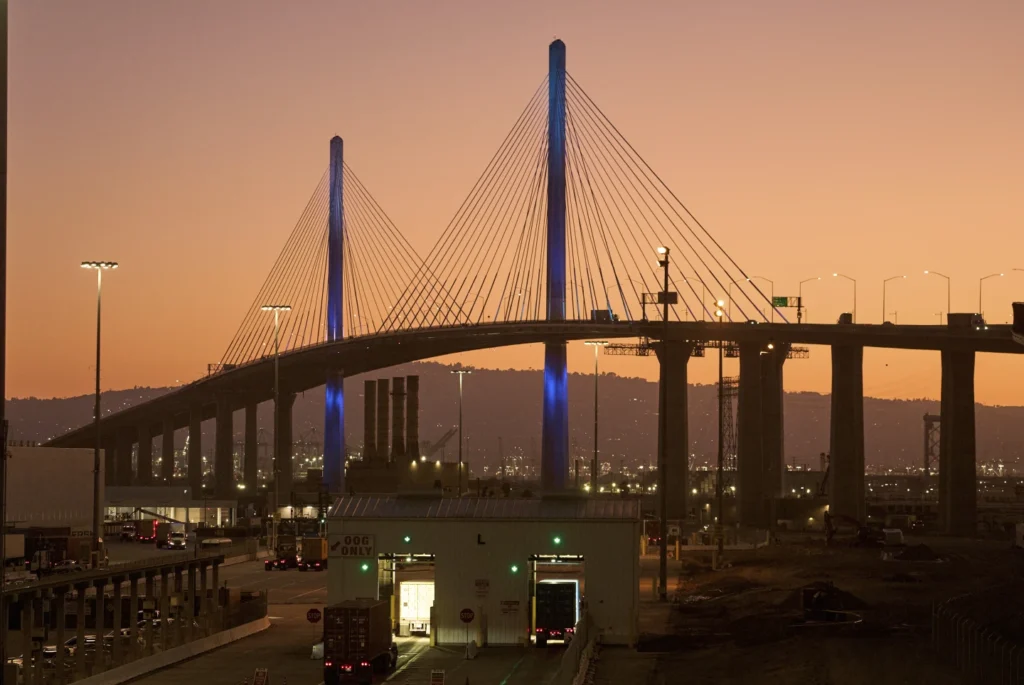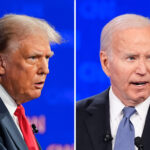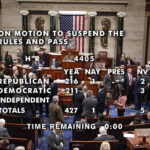Trump’s Tariffs Impact Clothing, Cars, and Groceries/ Newslooks/ WASHINGTON/ J. Mansour/ Morning Edition/ President Trump’s newly announced tariff rates on 66 countries are expected to increase prices for everyday American consumers. While some tariffs were reduced from earlier proposals, many industries — from food and wine to apparel and electronics — are bracing for cost hikes. Delayed implementation until August 7 gives importers little time to adjust.
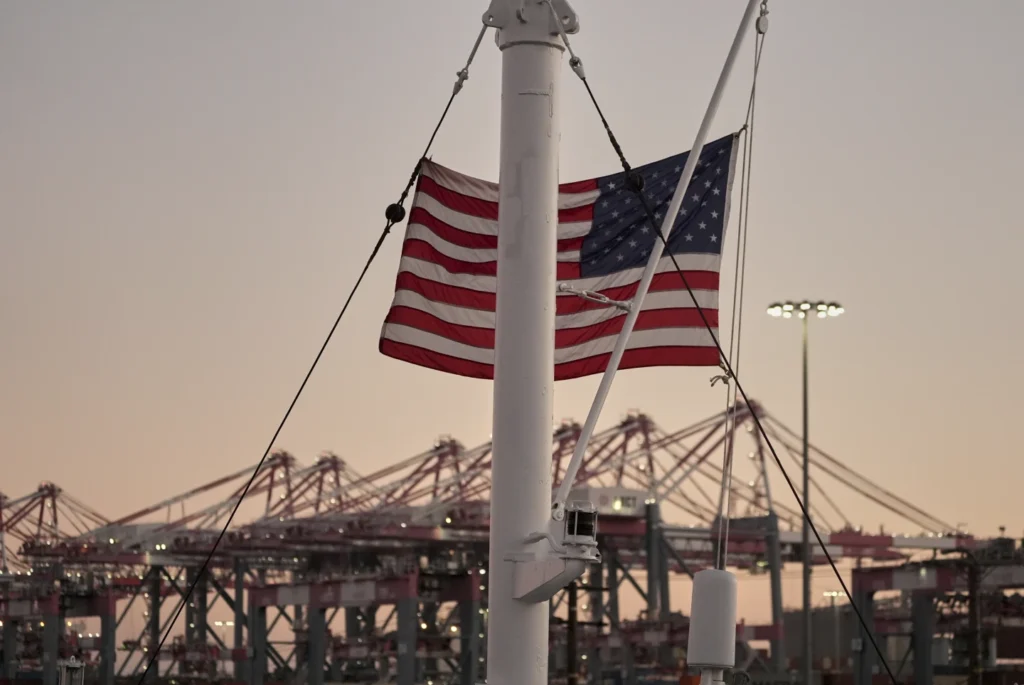
U.S. Tariff Hikes: Consumer Impact Quick Looks
- Trump ordered tariffs of up to 40% on goods from 66 countries.
- Switzerland (39%), South Africa (30%), and Laos (40%) face steep increases.
- The start date for tariffs was pushed to August 7.
- Some countries like Cambodia saw lower-than-expected tariffs.
- U.S. consumers will likely absorb higher prices on food, clothes, and electronics.
- Automakers, eyewear brands, and wine retailers are already adjusting prices.
- Apparel and footwear imports, mostly from Asia, are under new cost pressures.
- Agricultural deals in Trump’s trade pacts may benefit farmers short-term.
- Aluminum and steel tariffs will impact appliance and can packaging costs.
- Wine, liquor, toys, and home goods expected to spike in price by fall.
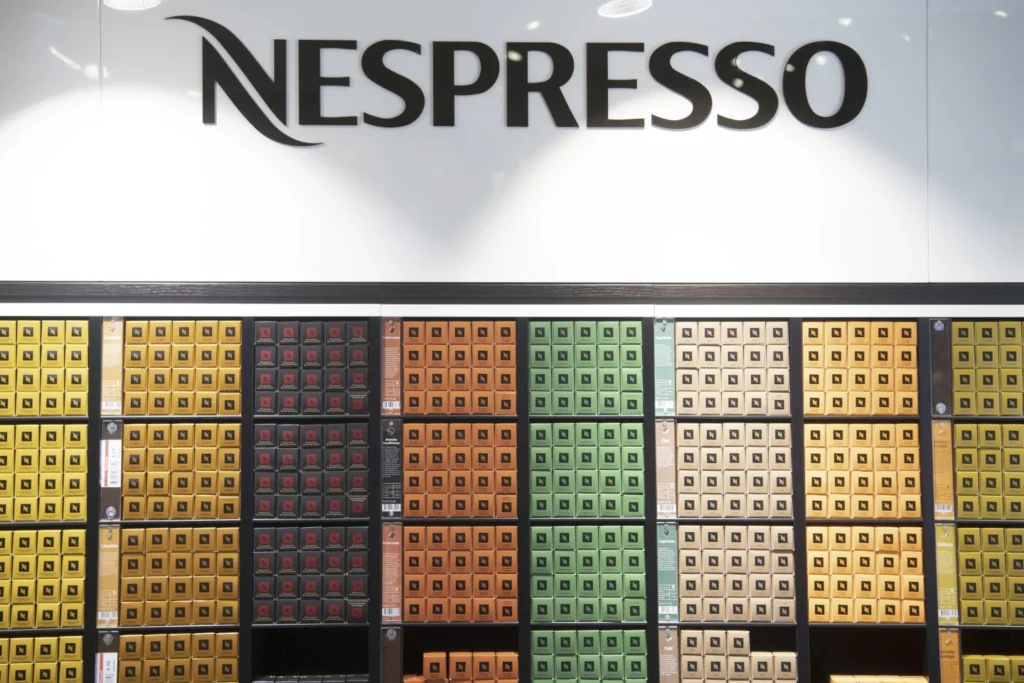
Trump’s Tariffs Impact Clothing, Cars, and Groceries
Deep Look
American consumers and businesses are bracing for the effects of President Donald Trump’s newly announced import tariffs, part of his expanded foreign trade strategy targeting 66 countries, the European Union, Taiwan, and even the Falkland Islands.
Announced late Thursday and set to begin August 7, the tariffs include:
- 40% on imports from Laos
- 39% on Switzerland
- 30% on South African goods
- 19% on Indonesia (down from the 32% Trump floated earlier)
Trump delayed the rollout to give countries one final chance to strike bilateral deals and for U.S. importers to make last-minute adjustments.
According to Wendong Zhang, an economist at Cornell University, consumers may feel some relief due to lower-than-feared rates — but will still feel the pain.
“Prices are still going up, just not as much as the worst-case scenario,” Zhang said.
What’s Already in Effect
Several tariffs have already taken hold:
- 35% on Canadian imports (effective Aug. 1)
- 25% on India, 50% on Brazil
- Tariffs ranging from 15%–20% on Japan, South Korea, Philippines, and Vietnam
Additionally, a 50% duty on imported aluminum and steel — announced in June — remains in place, driving up costs for manufacturers and food packagers alike.
Consumer Products: What Will Cost More
The U.S. Commerce Department reported a 2.6% inflation increase in June, partly driven by tariff-related hikes in the cost of imported goods like furniture, appliances, and electronics. Zhang warned that appliances, toys, kitchenware, and computers could all rise in price.
The Tax Foundation echoed this, forecasting that food and beverage items — such as fish, bananas, beer, coffee, and liquor — will likely see noticeable hikes, given limited U.S. domestic production.
Companies are already reacting:
- EssilorLuxottica, maker of Ray-Bans, raised U.S. prices due to tariffs on exports from Mexico, Thailand, and Italy.
- Conagra Brands (Reddi-wip, Hunt’s) says tariffs will add $200 million annually to costs.
- Tribeca Wine Merchants reports that wine prices are jumping 20–25% immediately, with a 30% hike by September due to the EU’s 15% tariff and a weaker dollar.
“Nobody can afford to eat the tariff. It gets passed on,” said Ben Aneff, president of the U.S. Wine Trade Alliance.
Clothing, Footwear, and Retail
With 97% of apparel and shoes sold in the U.S. imported, largely from Asia, tariffs are already pushing prices up, especially for back-to-school shoppers.
- Lululemon and Ralph Lauren have announced selective price increases this fall and into spring.
- Adidas is evaluating increases and warned “you can’t just throw a cost away.”
- Matt Priest, head of the Footwear Distributors and Retailers of America, expects shoe prices to rise 5–10% in coming weeks.
Shoppers may also see fewer sales and promotions, as retailers adjust to higher wholesale costs.
What About Cars?
Automakers are cautiously watching. So far:
- Ferrari imposed a 10% surcharge in April, pending more details on the EU-U.S. deal.
- Most major car manufacturers have held prices steady for now.
- Kelley Blue Book noted just a $108 increase in average new car prices between May and June.
However, General Motors warned that the tariff effects will grow in Q3, potentially costing the company $4–$5 billion this year.
Any Silver Linings?
Some American industries stand to benefit:
- Trump’s EU deal includes $750 billion in U.S. energy exports (natural gas, oil, and nuclear fuel).
- Vietnam’s trade pact includes $2 billion in U.S. agricultural imports over three years — corn, soybeans, and wheat.
Semiconductor makers and military contractors may also see a boost in exports, according to Zhang.
Still, experts warn these trade wins could be short-lived. Long-term uncertainty could push countries like China to reduce reliance on U.S. agricultural goods in favor of other partners.

